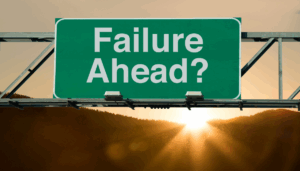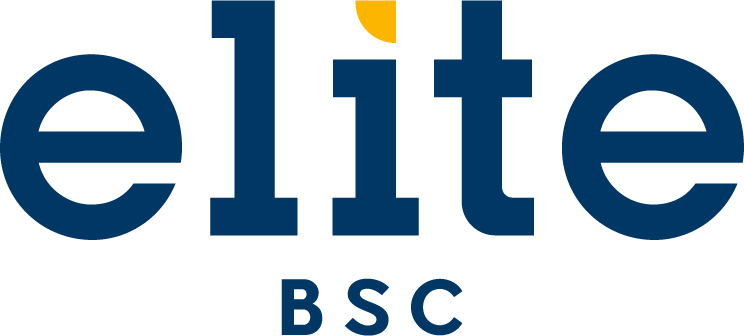In the janitorial industry, it is easy to celebrate a new contract without considering its full long-term value. The reality is that customers who stay for years and purchase extra services are worth far more than their first invoice suggests. This is why Customer Lifetime Value (CLV) is one of the most important numbers a building service contractor (BSC) can know.
Why CLV Matters
CLV is the total profit you can expect from a customer over the entire relationship after subtracting the costs to win them. For janitorial companies, CLV helps you:
- Decide how much you can confidently invest to acquire a customer.
- Focus on keeping customers longer, not just winning new ones.
- Compare accounts and prioritize where to focus your team.
- Build a stronger company valuation for future growth or sale.
How to Calculate CLV in Janitorial Services
Here is a practical formula tailored for our industry:
CLV = [(Average Annual Contract + Add-On Revenue) × Gross Margin % × Lifespan] – Customer Acquisition Cost
And if you want to calculate ROI on your sales and marketing investment:
ROI = (Net CLV ÷ Customer Acquisition Cost)
A Fictitious Example: BrightShine Janitorial
BrightShine Janitorial lands a medical office for $10,000/month ($120,000/year). On top of that, the customer spends about 5% more annually on add-ons like carpet cleaning and floor work.
- Base annual contract: $120,000
- Add-ons (5%): $6,000/year
- Total annual revenue: $126,000
- Gross margin on base work: 30%
- Gross margin on add-ons: 50%
- Weighted average margin: ~31%
- Customer lifespan: 6 years
- CAC (Customer Acquisition Cost): $20,000
Step 1: Revenue Over the Lifespan
$126,000 × 6 years = $756,000 total revenue
Step 2: Profit Over the Lifespan
$756,000 × 31% margin ≈ $234,000 gross profit
Step 3: Subtract CAC
$234,000 – $20,000 = $214,000 net CLV
Step 4: ROI on Customer Acquisition
$214,000 ÷ $20,000 = 10.7x ROI
How to Calculate CAC (Customer Acquisition Cost)
Your CAC is the total cost to land a customer, divided by the number of customers acquired in that period. For janitorial companies, this usually includes:
- Sales team costs (salaries, commissions, bonuses).
- Marketing expenses (ads, events, SEO, collateral).
- Proposal costs (bid labor hours, walkthroughs, pricing tools).
- Travel and entertainment (if tied to selling).
- Technology and tools used for sales and marketing.
Formula:
CAC = (All Sales and Marketing Expenses for Period ÷ Number of New Customers Acquired)
So, if you spent $200,000 on sales and marketing in a year and won 10 new customers, your CAC is $20,000 per customer.
Why This Matters
In this example, BrightShine spent $20,000 to win a customer but gained $214,000 in profit over six years. That is more than ten times their investment. Tracking CLV and CAC together shows not just what a customer is worth but also how efficiently you are acquiring them.
The Takeaway for BSC Leaders
Understanding CLV transforms the way you see your business. When you put real numbers behind the value of a customer:
- You stop worrying about the price of acquisition and start focusing on ROI.
- You build retention strategies knowing each year you keep a customer adds exponential value.
- You make decisions with confidence about sales spend, service quality, and company growth.






